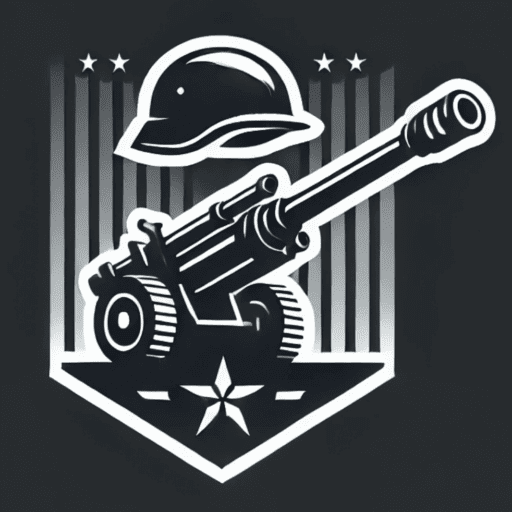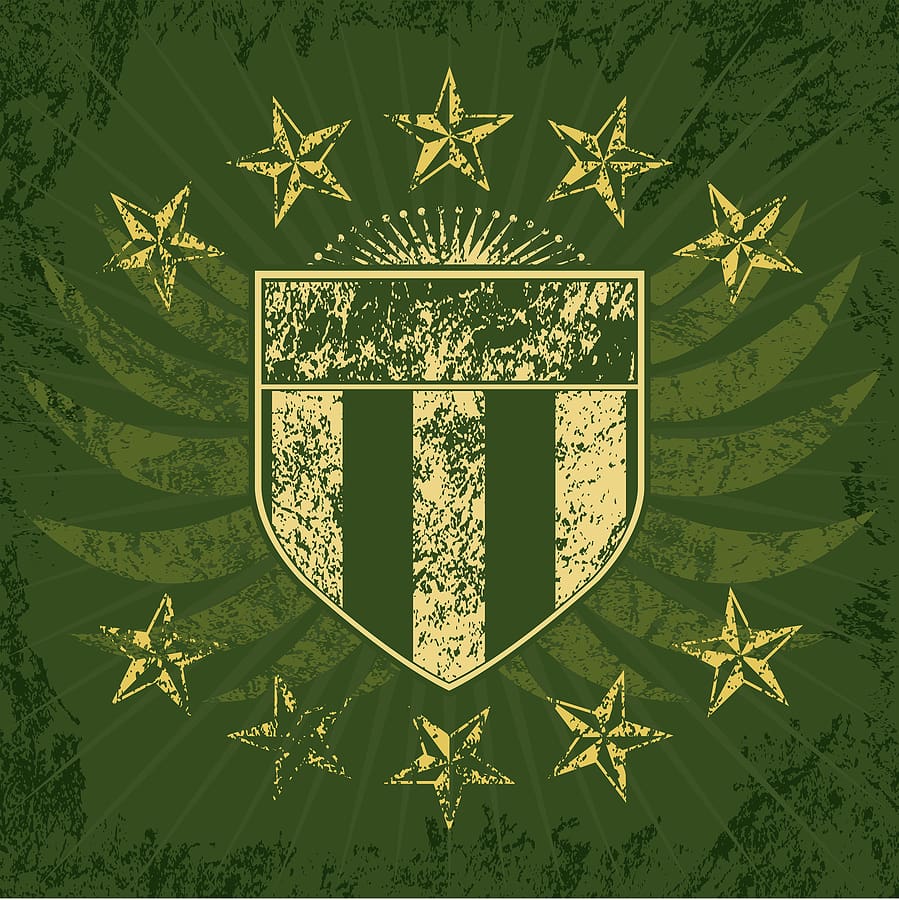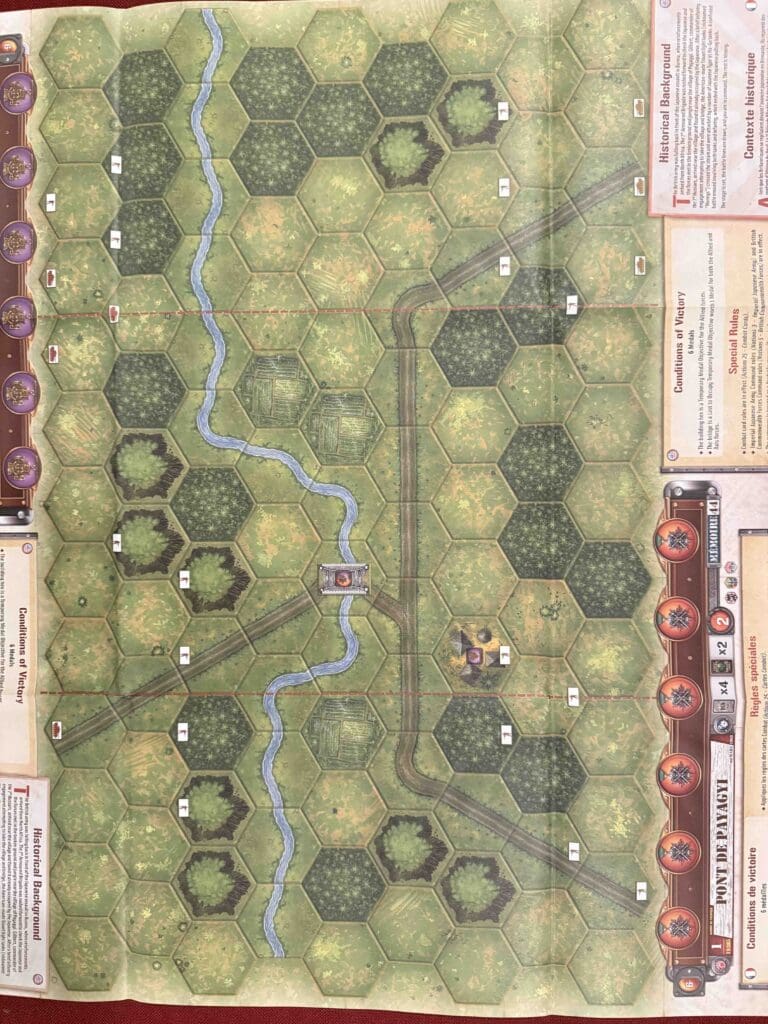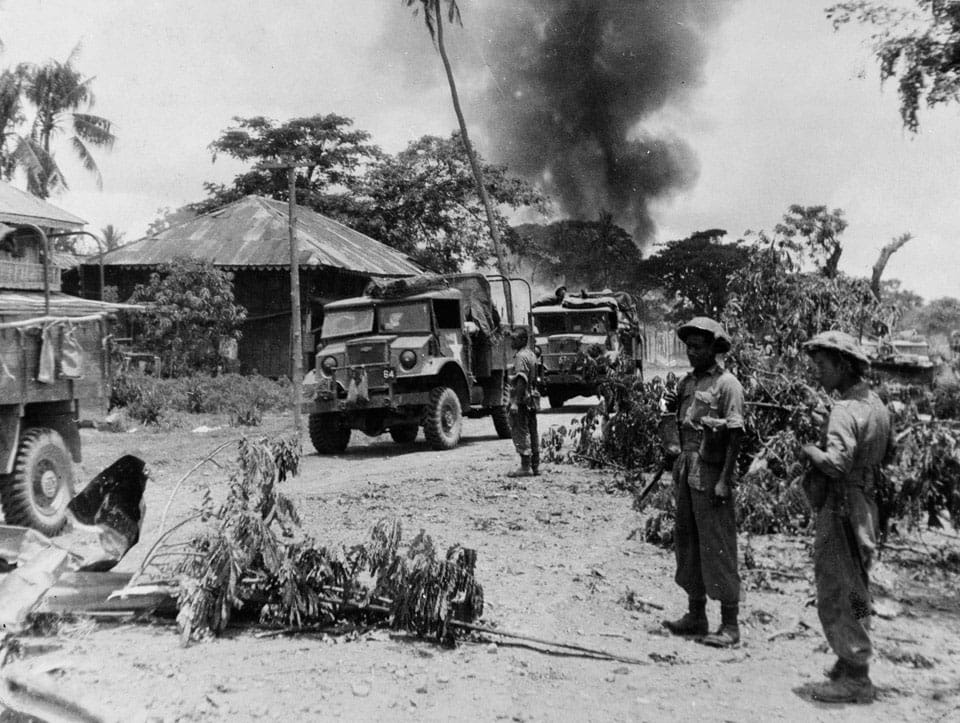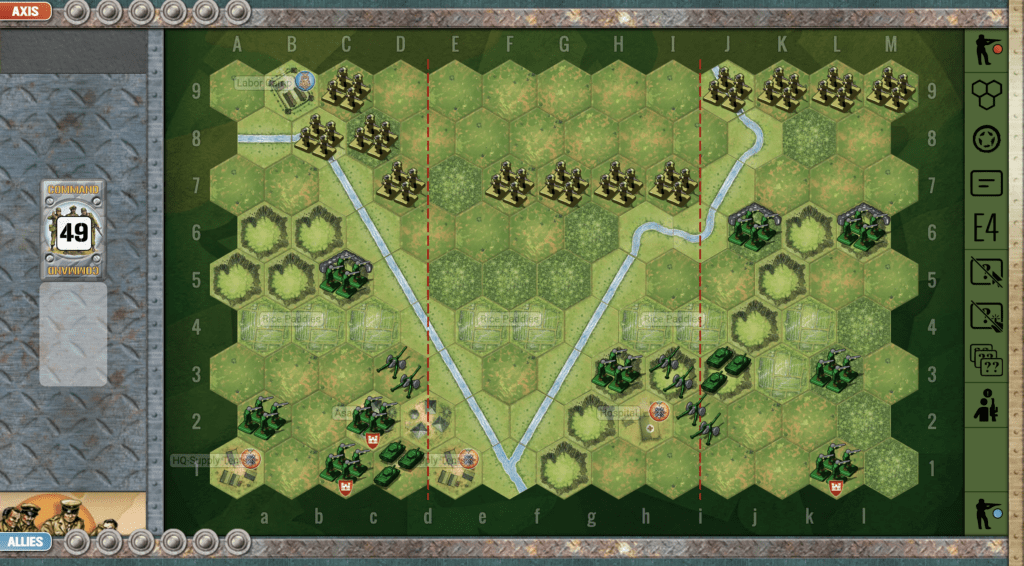Hlegu Burma
Hlegu Burma
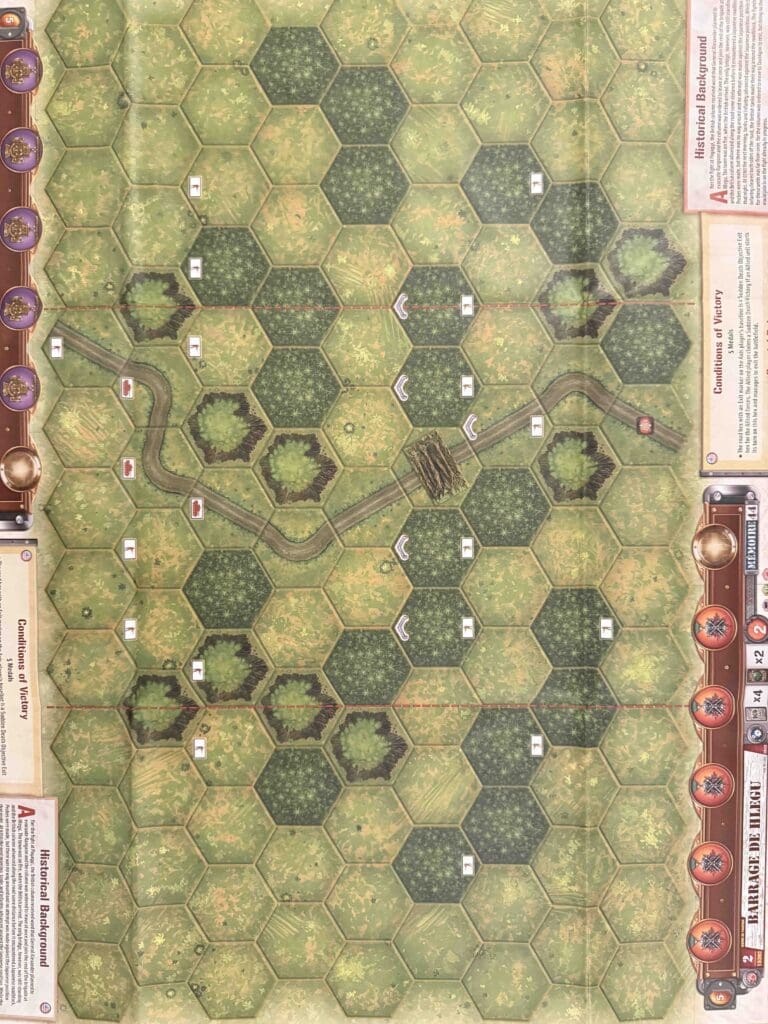
The engagement at Hlegu in March 1942 was a minor yet notable skirmish during the British retreat from Rangoon amid the Japanese invasion of Burma in World War II.
As part of the broader Battle of Pegu, British forces, including the 7th Queen’s Own Hussars equipped with Stuart “Honey” light tanks, advanced toward Hlegu, only to find it occupied by Japanese troops who had established a roadblock. The Japanese defenders employed Molotov cocktails, successfully disabling one British tank. Despite this resistance, the British forces ultimately overcame the roadblock, forcing the Japanese to retreat under heavy fire.
This encounter was part of a strategic effort by the British to delay the Japanese advance and facilitate the evacuation of Rangoon. Although the city fell shortly thereafter, the actions at Hlegu exemplify the determined resistance offered by British and Commonwealth forces during the challenging Burma campaign.
6 VP’s
Card Balance:
Allies – 6 + 2 Combat Cards
Axis – 4 + 2 Combat Cards
Complexity:
2
Conditions:
Jungle
Context:
Historical
Location:
Burma
Year:
1942
Theater:
Pacific
Campaign:
Codename:
Summary:
Objectives:
5 VP’s, plus a Sudden Death Exit Hex for the Allies.
Battlefield:
A jungle scenario with a road running vertically through the map, with a roadblock in the center.
Troops:
Allies – 8 Infantry, 3 Armor
Axis – 9 Infantry
Special Rules:
Roadblock Rules in “Hlegu, Burma”
According to the Terrain Pack Rulebook, roadblocks have the following effects:1j1ju
-
Movement: Only Infantry units may enter a hex containing a roadblock. Upon entering, the Infantry unit must stop and cannot move further that turn.
-
Combat:
-
A unit positioned on a roadblock hex is protected on all sides.
-
When attacked by Infantry or Armor, the attacking unit rolls one fewer Battle die.
-
Artillery attacks are unaffected; they roll their normal number of Battle dice.
-
A unit on a roadblock hex may ignore the first flag rolled against it.
-
-
Line of Sight: Roadblocks do not obstruct line of sight
Allied Strategy:
1. The Allies have a Sudden Death Exit Hex Objective Medal. If a unit begins the turn on the hex and exits, a victory is declared for the Allies.
2. You have Armor units, and the enemy has none. Use them to good effect, but don’t get too close or they will hit you with Molotov cocktails.
Axis Strategy
1. At all costs, defend the Exit Hex.
2. The roadblock is your best chance to surround and destroy the enemy. As they try to cross it, bring all your Infantry to bear against them.
Battle Reports
Author:
Days of Wonder
Link:
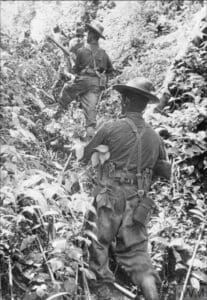
Courtesy of Imperial War Museum
